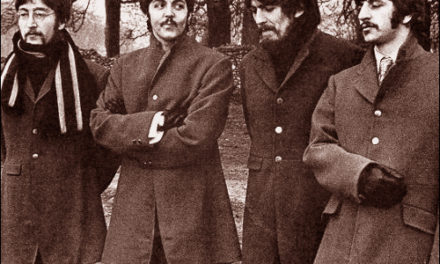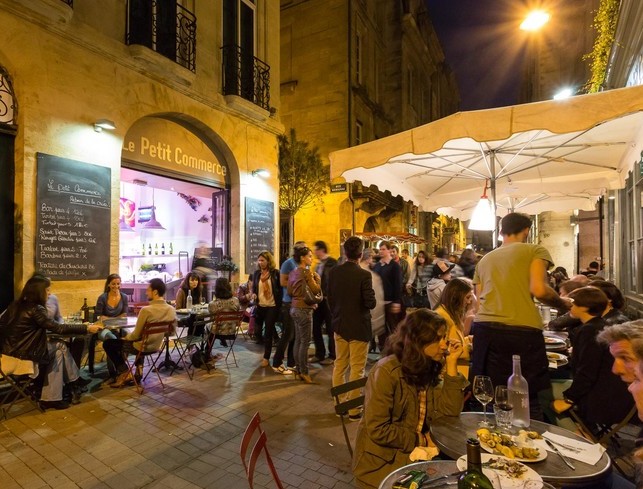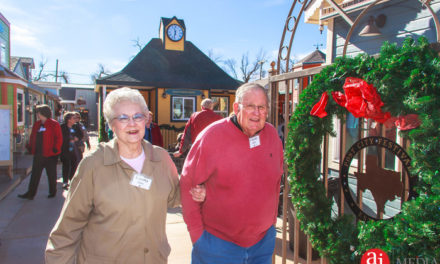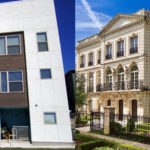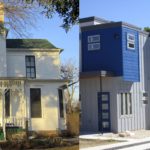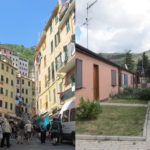A profound shift is taking place in cities around the world. Rejecting the motor vehicle-centric culture of the 20th century, people are starting to realize that walkable cities are more pleasant and more economical to live in. Members of the younger generation especially are moving to cities to be free of the shackles of automobile ownership and get what they need by walking.
But what defines “walkable”? Portland, Oregon, has popularized the term “20-Minute Neighborhood” – being able to access life’s daily necessities within a 20 minute (or 1 mile) walk. It’s a powerful concept and one that could be developed still further.
Firstly, let’s push for 10 minutes, rather than 20 minutes. The latter is a round trip of roughly 40 minutes or 2 miles which just seems too far to, say, pick up some butter or grab a cup of coffee. In fact, in the book A Pattern Language (pattern 60), the authors present evidence that people are far less likely to visit a park if it’s more than a 3 minute walk away – such is the modesty of the human scale. 3 minutes seems too tight to include all daily destinations, but 10 minutes seems more workable.
Secondly, let’s be specific about what destinations should be within a 10 minute walk. Here are some likely candidates (reply below if you have further ideas):
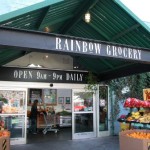 Grocery store Grocery store |
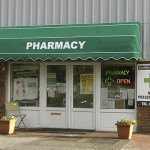 Pharmacy Pharmacy |
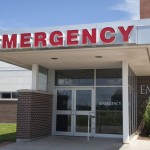 Hospital Hospital |
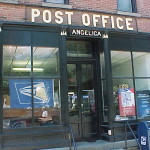 Post office Post office |
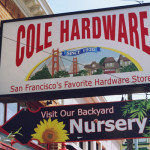 Hardware store Hardware store |
 Household supplies store Household supplies store |
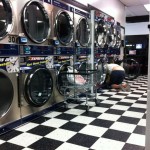 Laundromat Laundromat |
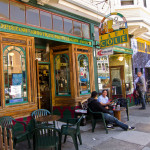 Cafe Cafe |
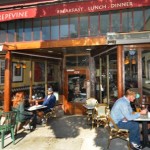 Restaurant Restaurant |
These are the kinds of destinations you’d reasonably want to access in an ordinary day. Not included are more extraordinary places such as concert halls, government offices, and the airport. We’re also assuming here that these destinations are connected to homes by sidewalks, safe street crossings, and a reasonably pleasant environment which is sadly by no means guaranteed in many cities and towns.
A majority of people might think of the above destinations. But this is the increasingly-enlightened 21st century, so let’s raise the bar and add some other elements…
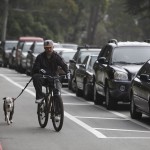 Protected bicycle lane * Protected bicycle lane * |
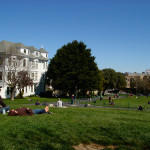 Park / green space Park / green space |
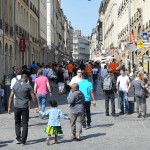 Pedestrian street/mall Pedestrian street/mall |
* This is an exception to the 10 minute walk rule since it obviously involves bicycling. Let’s say it should be as close to your home as possible.
Now it’s getting interesting!
Let’s delve into these more ambitious suggestions…
 |
Protected bicycle lane: Such lanes, which place a barrier between bicyclists and moving vehicles, are rare in the US but increasing in number. Ridership rates rise by an average of 75% when protected lanes are installed. More and more, bicycle infrastructure is being articulated in terms of equality: Everybody has the right to move around safely, no matter what their mode of transportation or how old they are. |
| Community center: This must be centrally-located in a neighborhood. As a community organizer, I can’t tell you how much of a handicap it is not to have a dedicated building for community meetings, activities, and storage. Every neighborhood deserves a community center. | |
 |
Park / green space: A place to lay down, walk the dog, play frisbee, take a break from the built environment… |
 |
Pedestrian street/mall: Despite common opposition from businesses and fearful citizens, a well-located, maintained, and accessible pedestrianized street featuring a variety of destinations (especially shops) can be great for business and wonderful to stroll down and linger within. |
| Car-free gathering space: This is the ultimate center of a neighborhood. Such a space can give a community its identity and enable civic events such as performances, ceremonies, and markets. Most gathering spaces historically were squares or plazas but in newer cities dominated by streets, the solution is more likely to involve implementing a plaza-like space (eg. benches, fountain, covered performance area, etc.) in a pedestrianized street. |
Of course, this is just a start. We could have added many more destinations: Mini libraries, small police stations, and so on.
Given the history of zoning in the US, which for so long has separated commercial from residential areas and completely omitted people-centric areas, few neighborhoods live up to the standards above. Even in my city of San Francisco, typically held to be walkable, no neighborhood possesses all of the above elements.
We have work to do. It’s time to organize our neighbors and pressure our leaders: We all deserve a 10-minute neighborhood.

